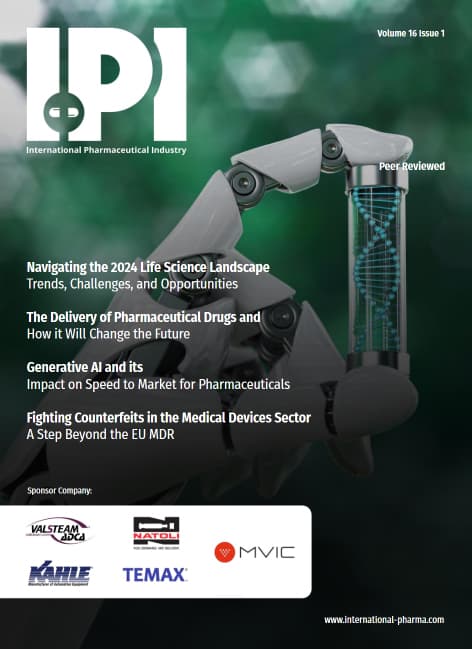Michael Isele, Site Manager at Recipharm, explores the pitfalls of filling and packaging in pre-filled syringe formats, from sterile integrity requirements to packaging challenges, such as kitting, explaining how these challenges can be addressed.
The international pre-filled syringe market was worth $3.6 billion in 2021 and is predicted to increase in value to $6.5 billion by 2030, growing at a CAGR of 7.1% throughout the forecast period.1
One of the key drivers for this projected growth has been a major change in the choice of injectable delivery formats following the COVID-19 pandemic. Governments and pharmaceutical companies worked together to deliver an unprecedented global mass vaccination programme to protect patients from potentially fatal coronavirus symptoms. To deliver this, the pharmaceutical industry focused on developing effective vaccines in a short timeframe, usually filled into vials.
While this approach was successful in achieving its goals, areas for further improvement were flagged, particularly when it came to maximising the number of people vaccinated every day. Every time a patient arrived for their injection, a syringe had to be prepared and filled from a vial. The cumulative impact of the time spent carrying out this process for each appointment was significant, restricting the number of vaccinations that could take place each day. For future outbreaks, it is important to identify ways of allowing doses to be administered quickly and efficiently to maximise the number of people vaccinated per day. Pre-filled syringes offered an ideal way of achieving this goal, as they arrive ready-prepared with the required dosage inside, streamlining the preparation process for each individual administration.
Following the success of pre-filled syringes in the COVID-19 vaccination programme, there has been a significant increase in interest from pharmaceutical companies in pre-filled syringes for future vaccine applications, such as influenza vaccines. Companies are also considering them for biologic therapies to treat chronic conditions, such as cancer and autoimmune diseases, which are driving growth in the parenterals segment overall. This is because the nature of biologics means that most treatments have to be delivered by injection. They are also being considered as a potential solution to allow tourists planning to visit countries where malaria and other diseases are endemic to self-administer their vaccines instead of seeing their doctor.
The Quest for Useability and Patient Centricity
Useability and patient experience are significant challenges for many drug developers across all dosage forms, but for injectable drugs in particular. Providing patients with the ability to self-administer their treatment, without the need for support from a healthcare provider (HCP) or carer, can enhance convenience for the patient. Moreover, it can free up professionals’ time, reducing strain on the limited resources of many national healthcare services still recovering from the effects of the COVID-19 pandemic.

























